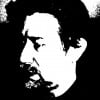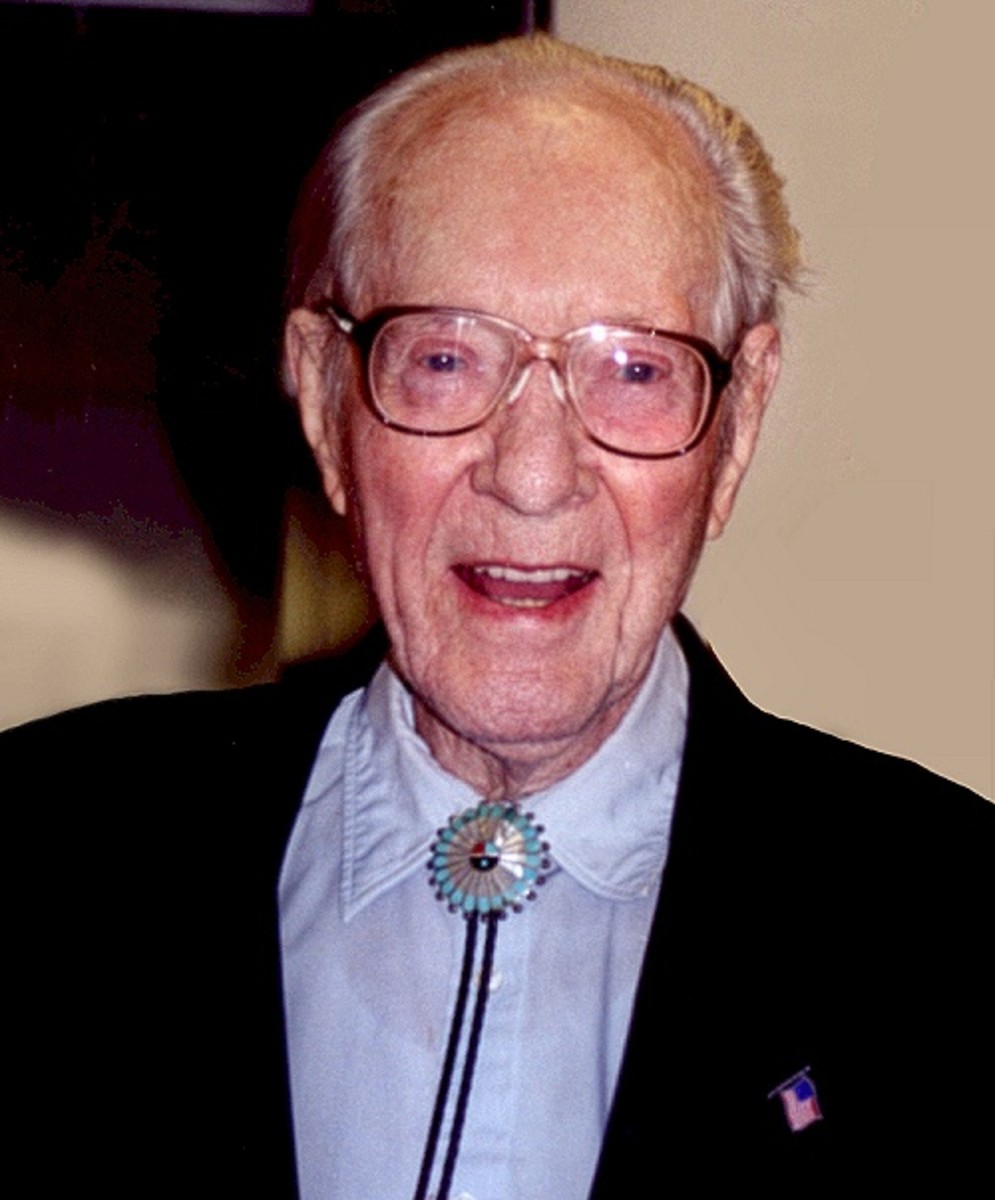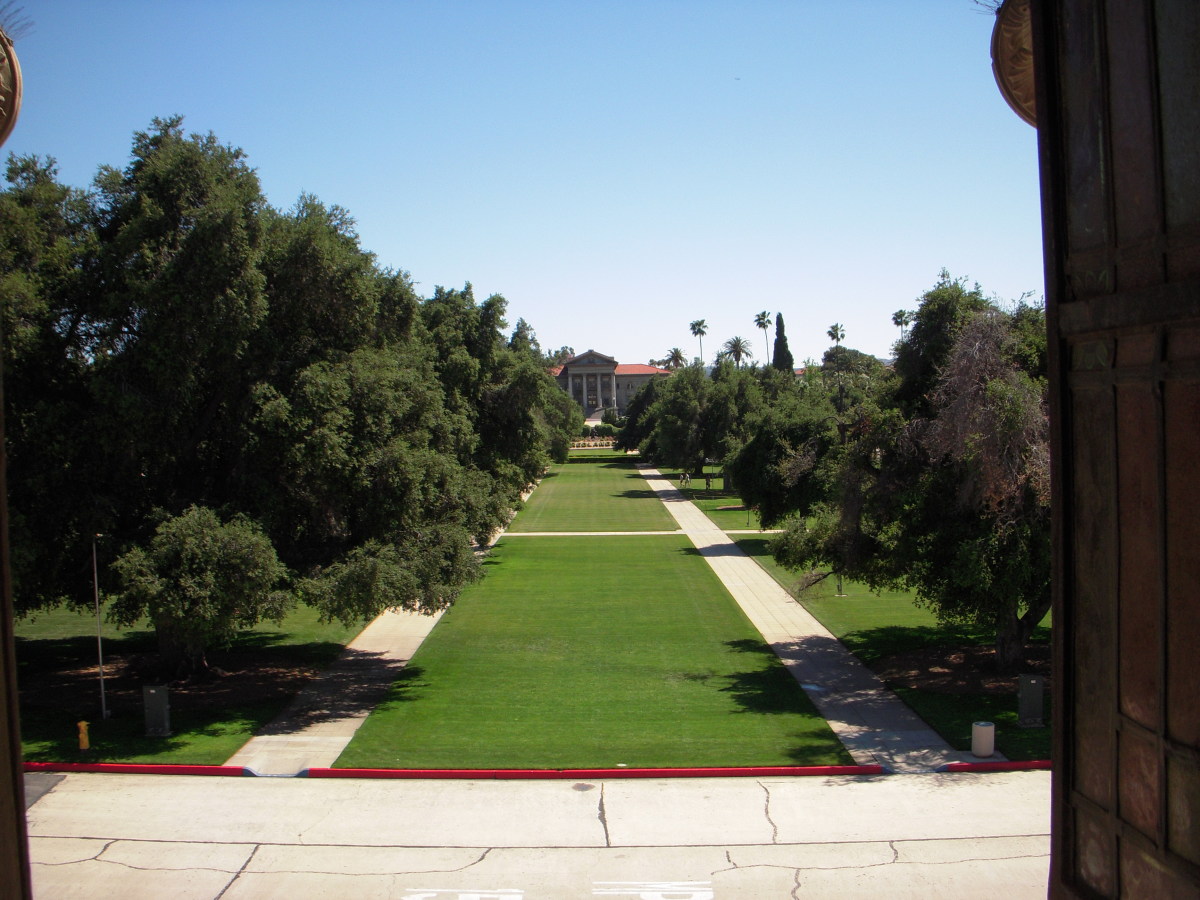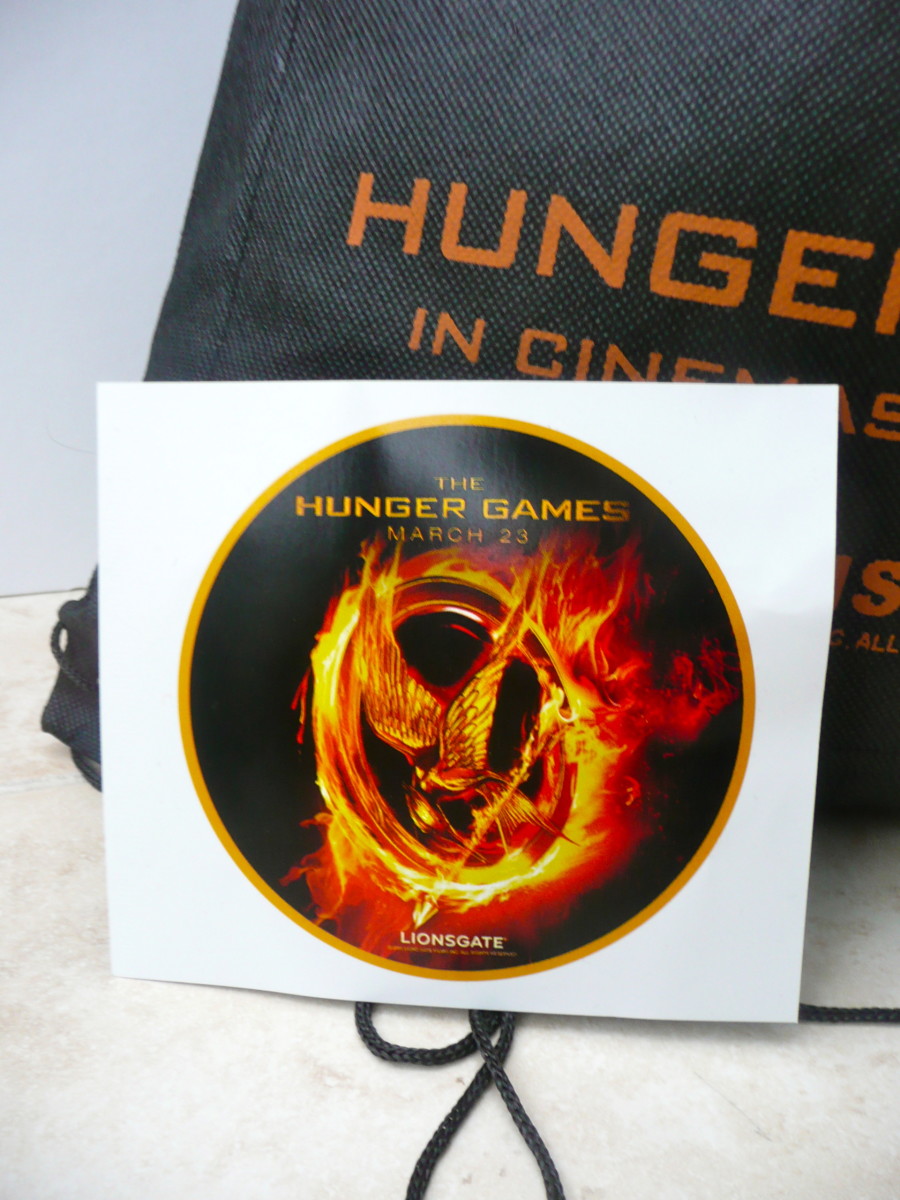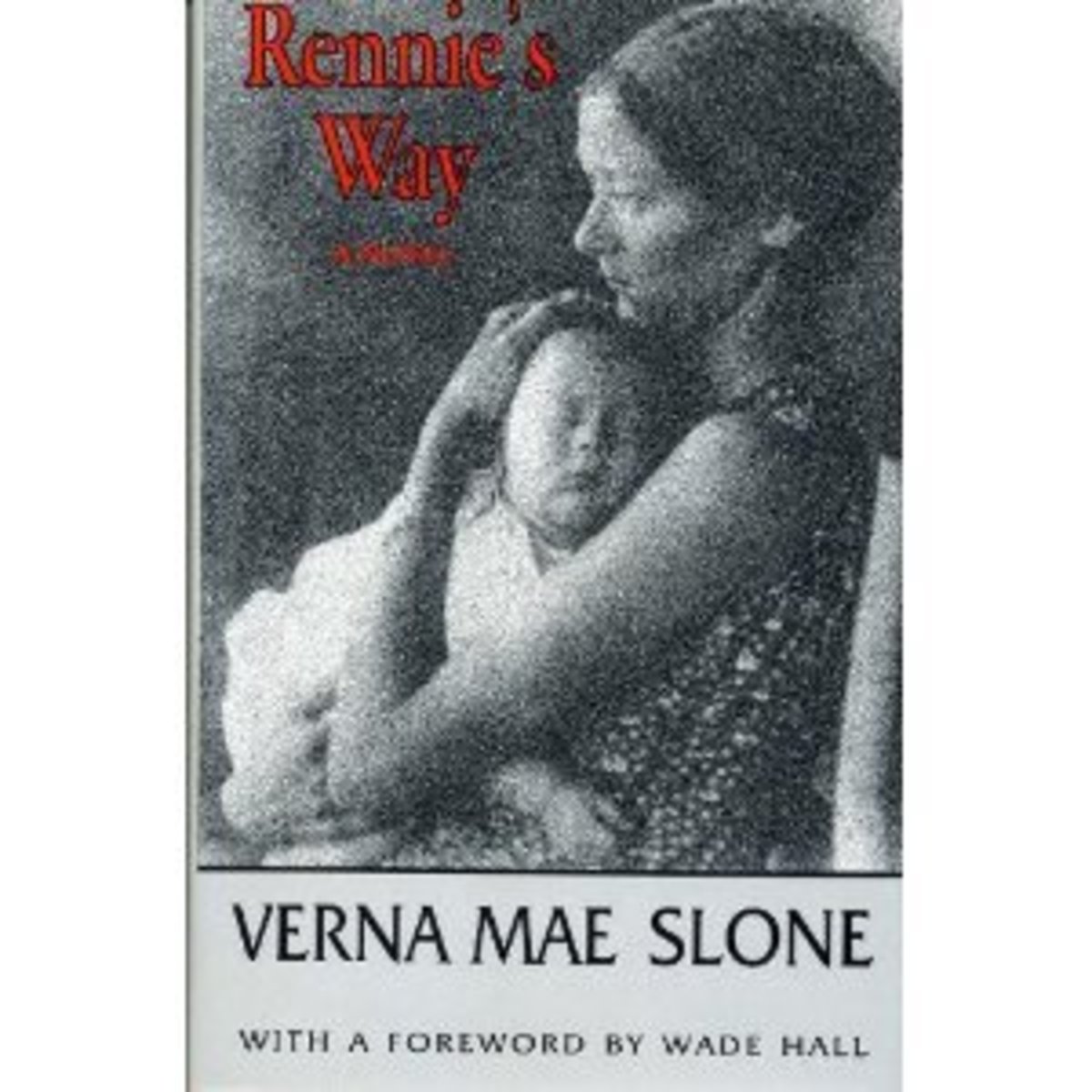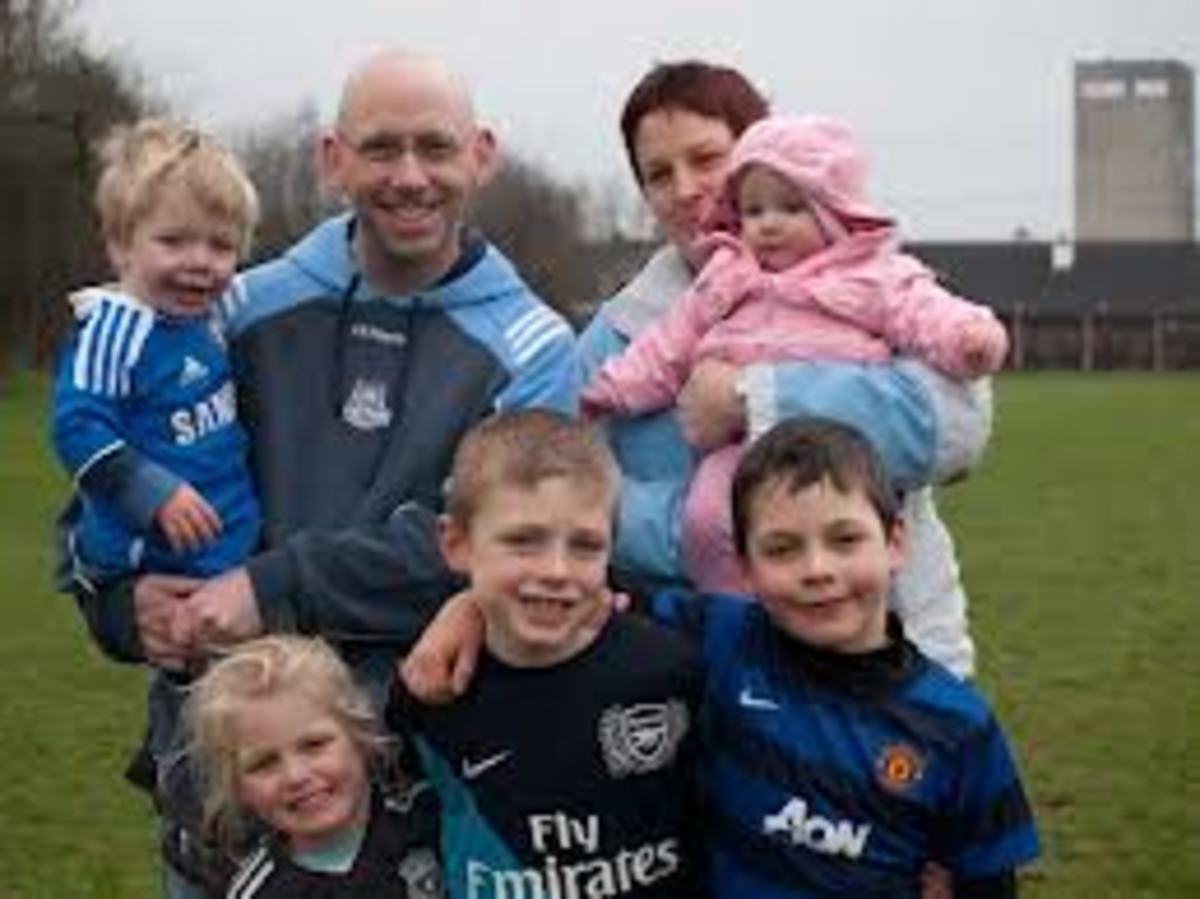Abbie Hoffman and Political Unrest in Lawrence Kansas During the Spring of 1970
Lawrence Kansas, 1970: a time of unrest
Even people who weren’t born yet are familiar with the shootings at Kent State University on May 4th, 1970. On that date, students were protesting the American invasion of Cambodia when members of the Ohio National Guard fired on the protestors, killing four people and injuring nine others. This incident caused a national outcry and fostered campus unrest across the country. The shootings eventually led to a nationwide student strike, causing more than 450 campuses to close down in the face of often violent protests.
A month earlier, violence erupted in my hometown of Lawrence, Kansas, culminating in the bombing of the Student Union at the University of Kansas on this day, forty years ago. This liberal campus town was the midway point between San Francisco and New York, and was a destination for both gentle hippies and violent militants intent on social change. Unrest gripped Lawrence and KU since February, and many citizens in this small university town were shaken by their proximity to a danger that culminated in the deaths of two Lawrence teenagers that summer. This incident is not as well remembered as the Kent State Massacre, but lifelong residents of Lawrence will never forget the spring and summer of 1970.
An age of unrest and activism
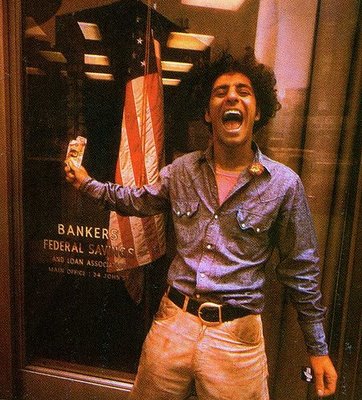
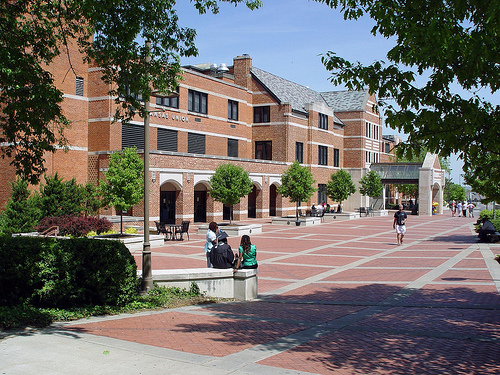

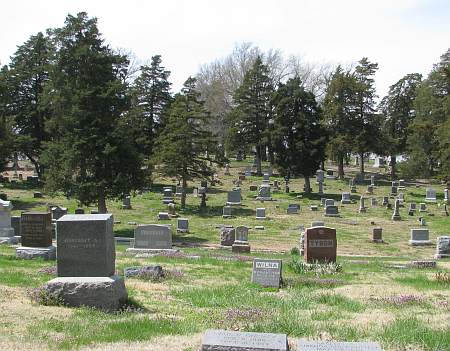
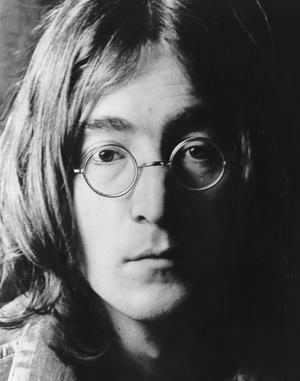
Abbie Hoffman, a call to action and violent upheavals
Like the rest of the country, Lawrence residents were concerned with the Viet Nam War and the armed forced draft, but the main issues in Lawrence also involved racial equality. In February of 1970, members of KU’s Black Student Union protested the university’s refusal to print a BSU newspaper by throwing 6,000 copies of the University Daily Kansan into Potter’s Lake. The paper allegedly espoused militant causes, instructed blacks to learn self-defense and included information about weapons, ammunition and guerilla tactics. Many believed left-wing radicals were heeding the call for a revolution and Lawrence seemed headed for an armed confrontation. Guns, explosives, and other weapons flowed freely within the community. Street people, radicals and vigilantes along the outskirts of campus and in east Lawrence were believed to be stockpiling weapons. By mid-April, the protests trickled down from KU to Lawrence High School. Security was increased as the high school was “visited” daily by militants whose intent was keeping tensions at a fever-pitch.
Abbie Hoffman, the social and political activist who co-founded the “Yippie” movement, delivered a speech to 7000 students at Kansas University’s Allen Field House on April 8th. Some believed he came to campus to lead a revolution and waited for instructions. While his profanity-laced speech fell short of telling people what to do, his message was not peaceful and many were convinced his presence contributed to the violence that gripped Lawrence in the months to come.
Fifty black teens locked themselves in the Lawrence High administrative offices on April 13th, demanding more black teachers and an expanded black studies curriculum. Two days later, black students gathered in Veteran’s Park (across the street from Lawrence High School) while white students amassed in the parking lot adjacent to the high school cafeteria. The police patrolled the grounds but fights broke out despite their presence, and five students were hospitalized. On April 16th a downtown furniture store was gutted in a fire, and authorities found a firebomb among the wreckage. The high school closed on April 17th to address the issues, and on April 20th the High School Administration Building and the Kansas Union were firebombed.
The bomb planted in the Kansas Union went off at 10:38 PM. Every member of the Lawrence Fire Department was called to the scene. The firefighters attempted to protect the unburned side of the building from the blaze while students ran in and out of the Union, saving artwork and furniture. Despite these heroic efforts, the top two floors were destroyed and more than $1 million in damage resulted. Although evidence proving the fire was arson was uncovered, no one was ever charged with the crime.
The next day, Governor Robert Docking placed the city under a dusk-to-dawn curfew that was extended for two additional nights. Arson, firebombings, and sniper fire increased during the curfew period, and another fire was started at Lawrence High. Occasionally fire fighters responding to calls were shot at by snipers, and fire trucks were armed with shotguns in response. On April 21st another confrontation ensued at Lawrence High with 150 students breaking windows until police dispersed them with tear gas.
The violence and subsequent curfew cast a pall over the city. Lawrence was at war with itself, and people were confused and frightened. On July 16th, a 19-year old black man was shot and killed by Lawrence police in an alleyway in east Lawrence. Bombings, fires and shootings followed in the aftermath of this tragedy. Five days later, an 18-year old white man was killed by police a short distance from campus. On the day of the annual summer sidewalk sale in downtown Lawrence, protestors marched from campus to Oak Hill Cemetery in silent tribute to the young men who lost their lives during this most violent of summers.
The city was again affected by violence when a bomb went off in Summerfield Hall on KU’s campus at 11:00 PM on December 11th, injuring three people and causing over $30,000 in damages. Summerfield Hall housed the university’s computer center and was considered a major campus hub for data and communications. Like the bomb that gutted the Kansas Union earlier in the year, the culprits were never caught.
Violence isn't the answer
I was twelve years old when these stories of unrest and violence occurred. My older brother was a student at Lawrence High and I vividly remember my parents concern for his safety in class each day. My father drove him to school every morning and ensured he made it inside safely. I recall wondering if it was safe to be in the front yard of my parents’ home. We lived only a few blocks from Oak Hill Cemetery—the destination of city-wide protest marches in July. My sister held a job on campus at Summerfield Hall. If she worked the night shift on that fateful December day, she would have been on duty when the bomb went off.
The causes may have been just, but (in my opinion) the world won’t be changed through violence; not in 1970 or 2010. We can create a climate of unrest and change, but it is better to build things up than tear them down. To use violence to destroy only begs the question of what will come next. John Lennon used to say, “We’re not against that; we’re for this. If you draw people into a situation to create violence, it is to overthrow what? It is to replace it with what?”
“Count me out if it's for violence. Don't expect me on the barricades unless it is with flowers. As far as overthrowing something in the name of Marxism or Christianity, I want to know what you're going to do after you've knocked it all down. If you want to change the system, change the system. It's no good shooting people.” --John Lennon from the Playboy Interviews, December 1980
I agree with John on this one.
You say you want a revolution
Read other hubs about social issues
- Street Gangs in my Hometown: the Beginnings
Despite our best efforts, most of us have found ourselves in situations we did not want or intend to be involved in at one time or another. We interact with people we shouldnt be socializing with, make... - Working Class Pride
Work is both a human and economic necessity. It is the foundation of contemporary society. Our houses, schools, hospitals, and farms are all the result of human labor. Our art and technology are... - Vice Taxes: A Legitimate Means of Generating Revenue or a Curtailing of Freedoms?
After July 1st 2010, the cost of tanning will include a 10% federal tax included in the health care reform bill. This idea is a variant of vice taxes, which have assessed a surcharge for decades on... - Are Men Oppressed?
What is oppression? Oppression is defined as the exercise of authority or power in a cruel, unjust or burdensome manner. It is an abuse of power typically manifested by categorizing and dividing... - Teen Runaways--A Dangerous and Tragic Problem
A frightening problem in American society today involves runaways. One in seven teenagers between the ages of 10 and 18 will run away from home this year, and it has been estimated that between one and three... - Homeless Shelters: The Pertinent Issues
My hometown is known for the quaint, eclectic shops that line the five blocks of its downtown business district. Fine dining, new and consignment clothing stores, antique malls, art and crafts...
